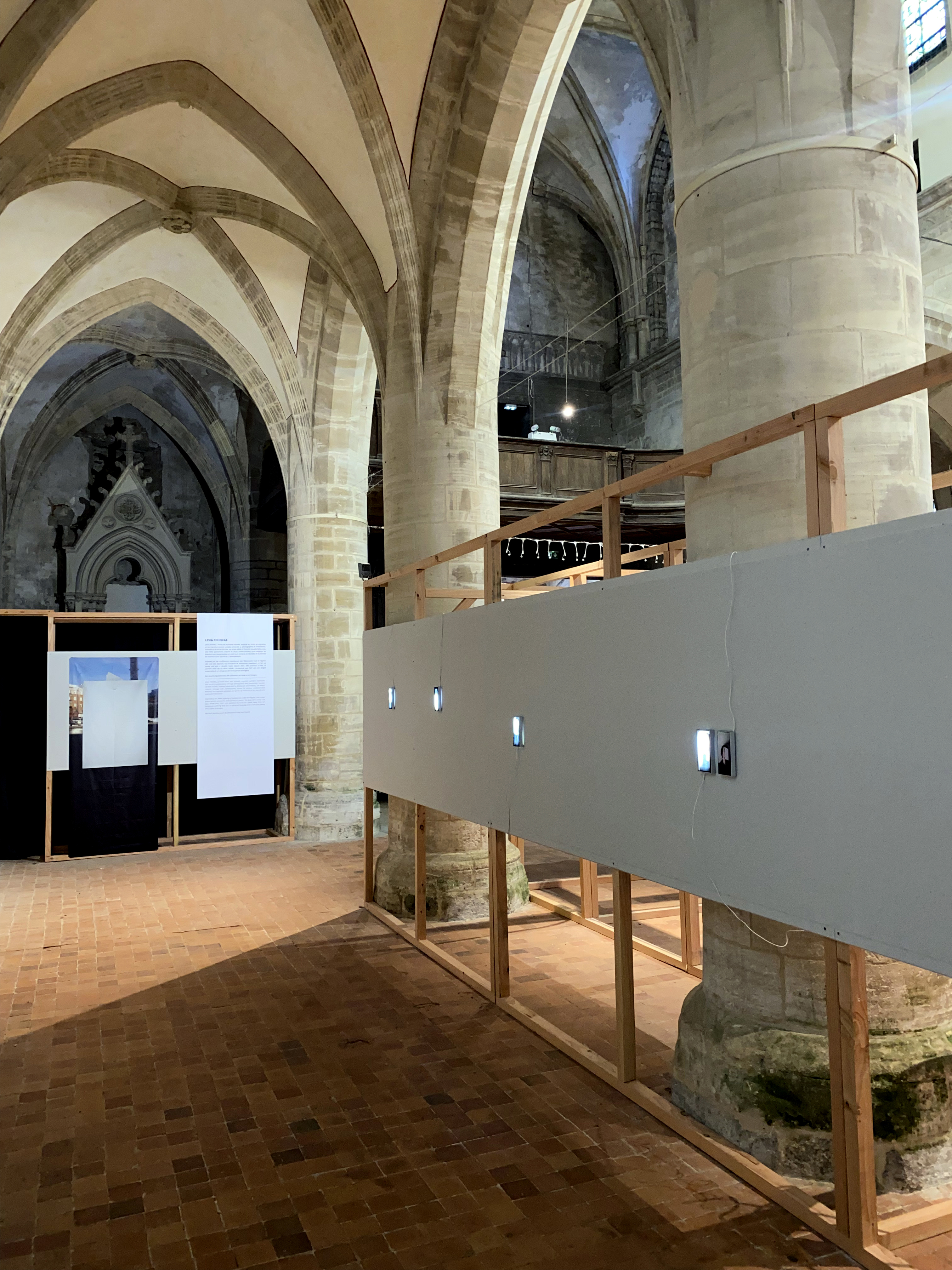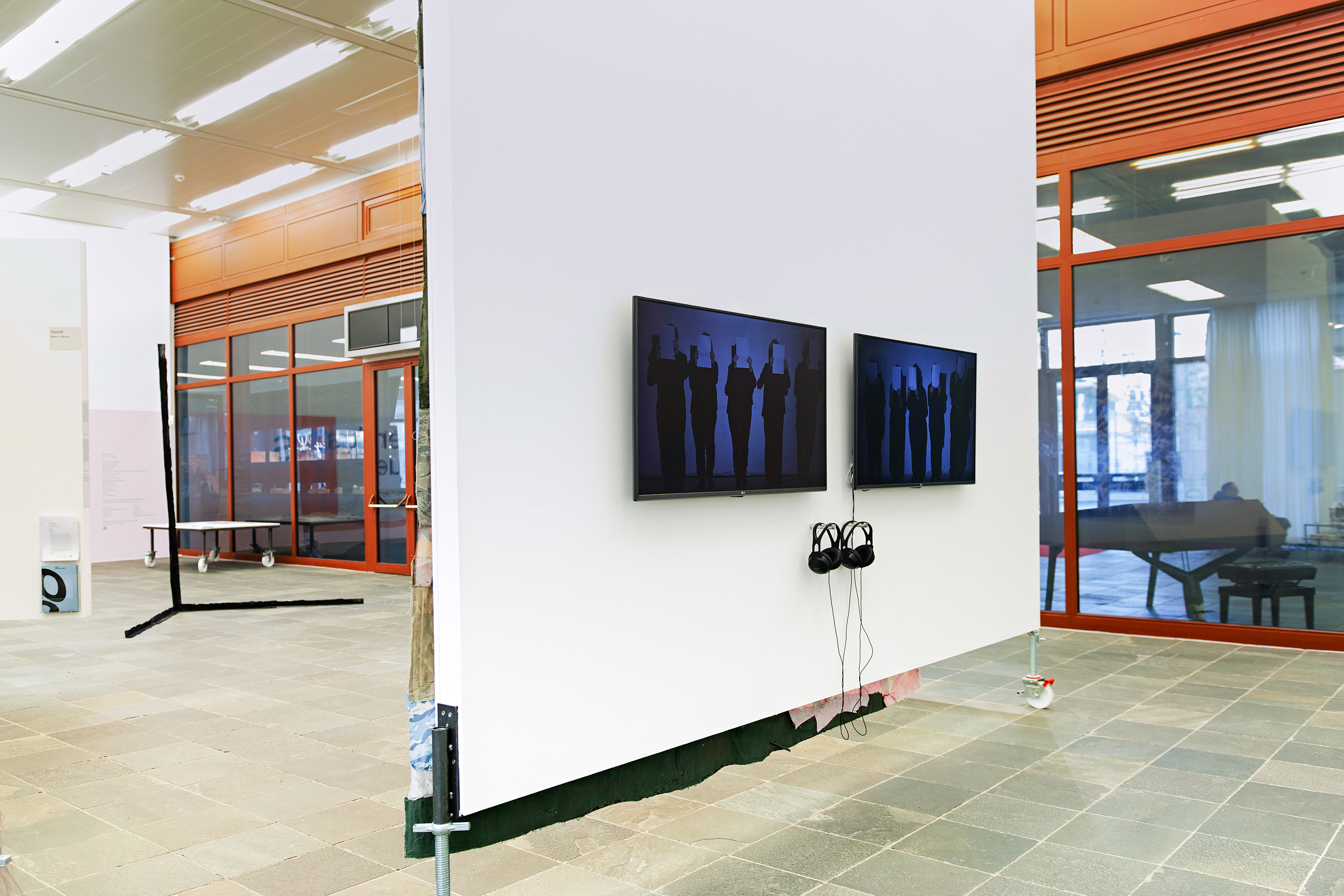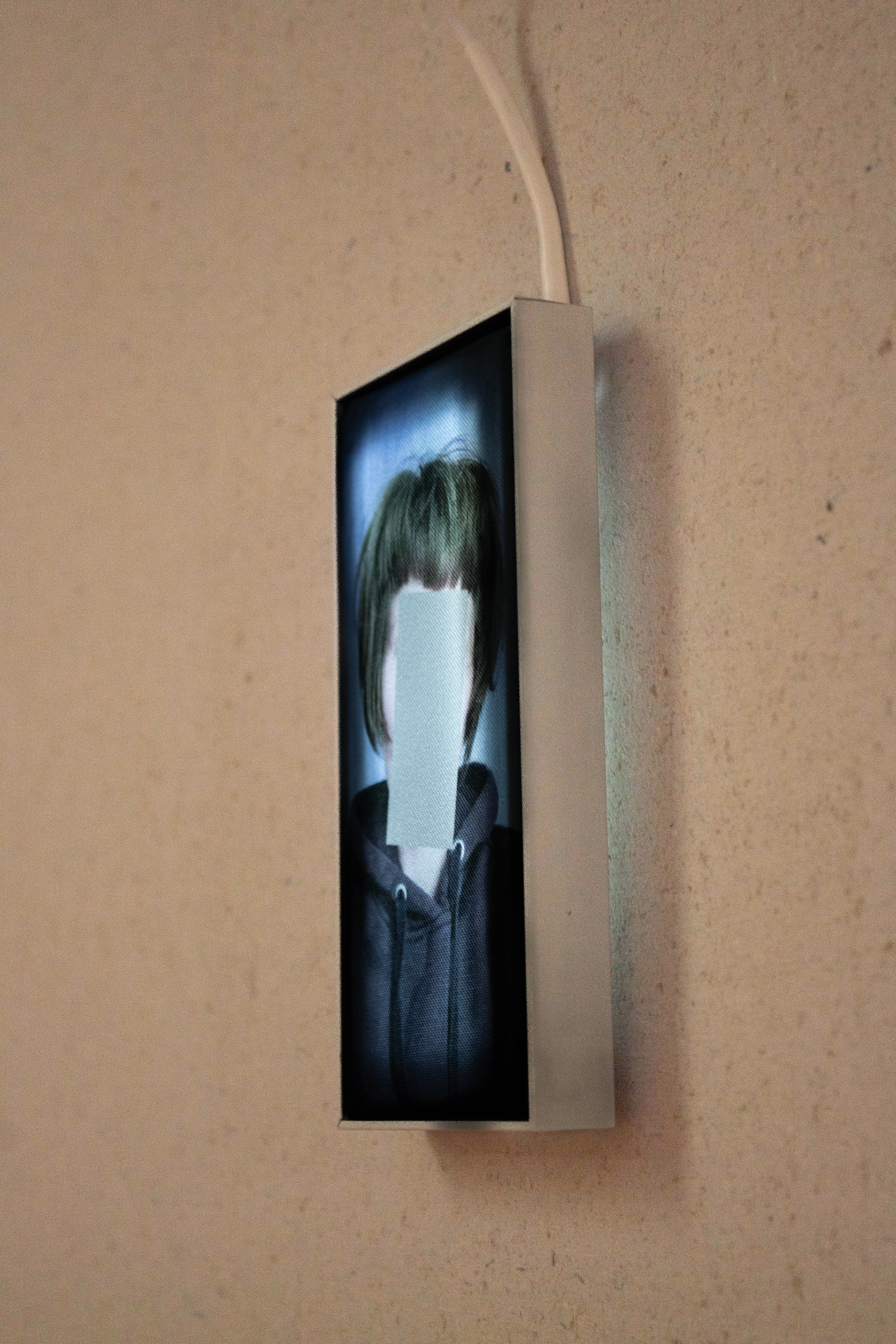
Weakness Street. Günter Grass Gallery / 2022. Gdańsk, PL

CANCAN BIENNALE #1
Espace Saint-Nicolas
/ 2025. Coutances, FR

On the New. Hoast artist-run space at Belvedere 21.
/ 2023. Vienna, AT


Echoes. ECLAT Hybrid Festival
/ 2022. Stuttgart, DE


